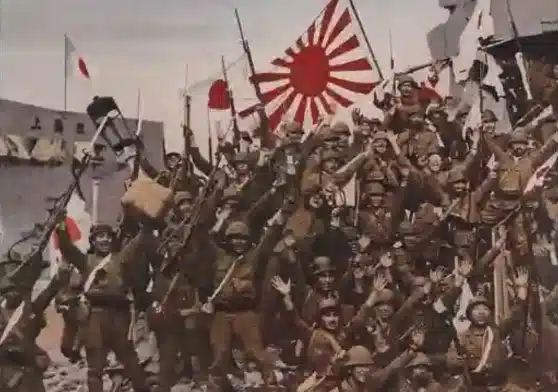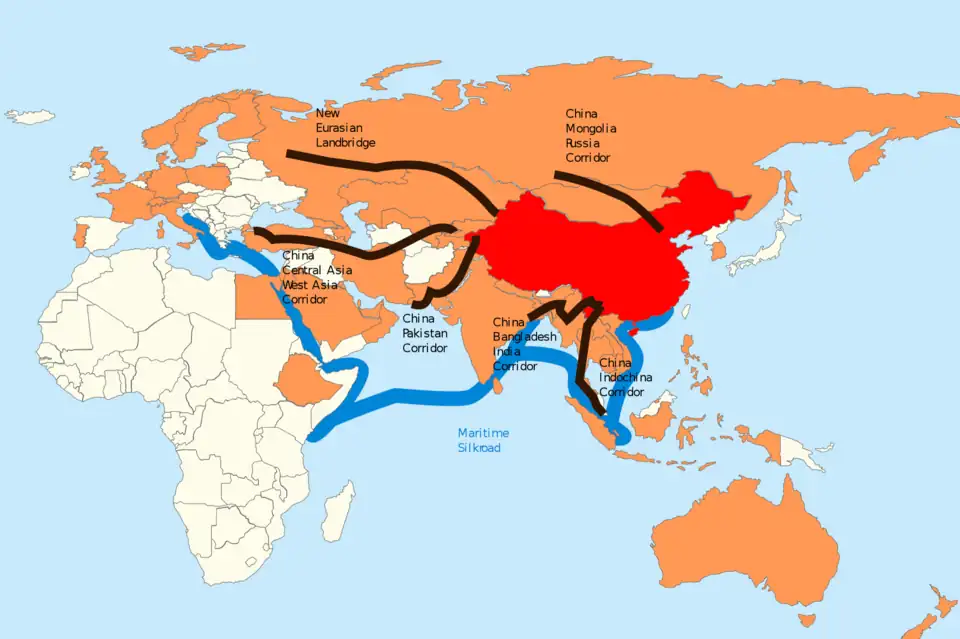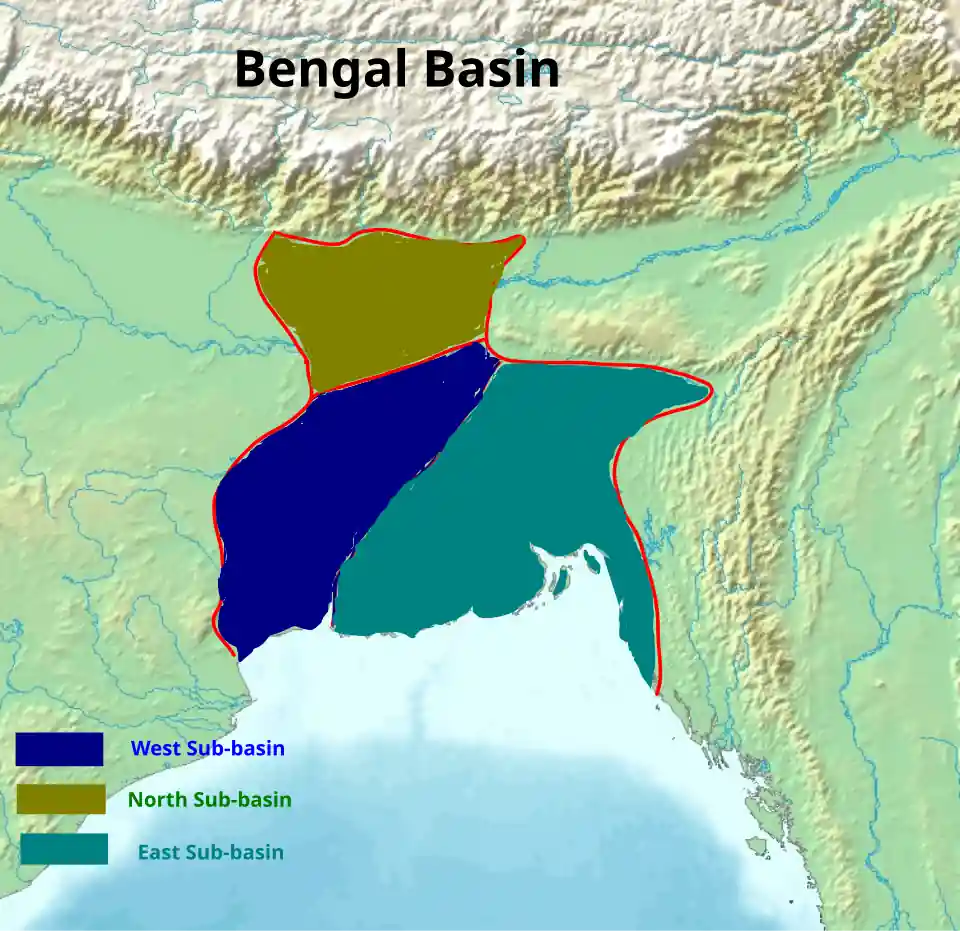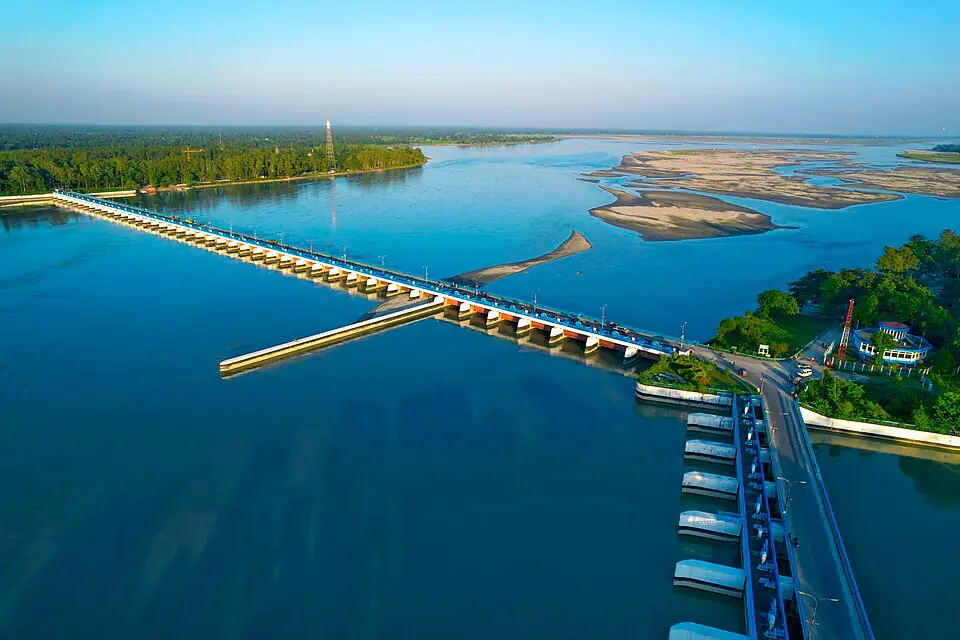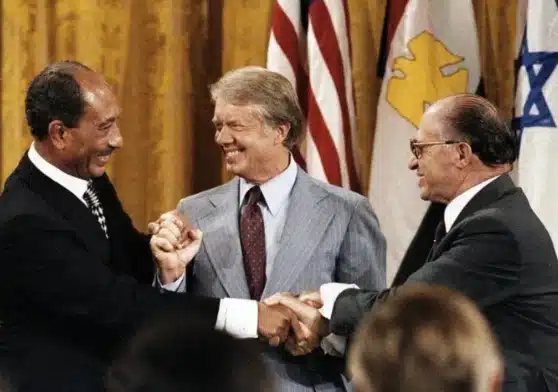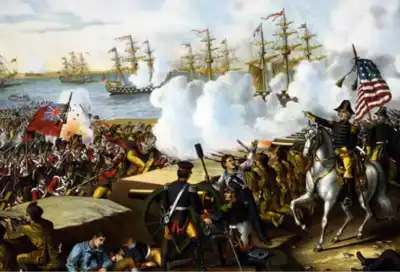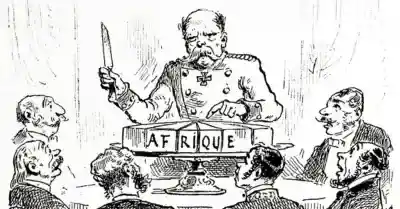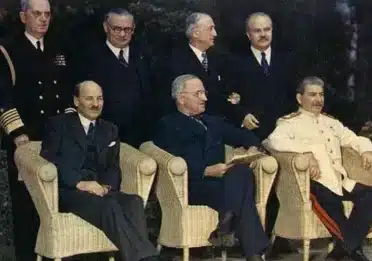Iran’s Historical Landmarks During Occupation
At dawn on August 25th, 1941, Iran’s First Encounter with foreign occupation began as British and Soviet forces launched a full-scale invasion, reshaping the nation’s history forever. Within a mere three weeks, the Iranian military succumbed to the overwhelming might of the invaders, leading to Tehran’s unprecedented foreign occupation for the first time in its history. The Shah, in power at the time, was compelled into exile, making way for his 21-year-old son, Mohammad Reza, to assume the throne. The invasion was called Operation Countenance. Its goal was to protect Iran’s oil fields and make sure the Soviets got the supplies they needed to fight the war on the Eastern Front.
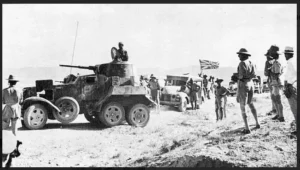 |
| Image Source: Get Archive, British supply convoy in Iran, Headed by Soviet |
In the context of World War II, the Eastern Front is known for the conflict between Nazi Germany and the Axis powers against the Soviet Union and its allies. It specifically encompasses the battles fought on the eastern side of Europe, primarily in territories belonging to the Soviet Union. The Eastern Front was one of the largest and most brutal theaters of the war, where millions (approximately 350,000) of soldiers and civilians lost their lives in intense fighting between the two opposing forces.
💻 Table of Contents:
- Background: The Persian-British Oil Dispute and Axis Invasion
- Impact of the Anglo-Soviet Invasion on Iran and Allied Operations
- The Atlantic Charter’s Impact on Post-War Iran
- Consequences of the Anglo-Soviet Invasion and Withdrawal in Iran
- Rise of Azerbaijan: The Aftermath of the Anglo-Soviet Invasion in Iran
- The US-Iran Relationship in the Cold War Era (1947-1991)
- Ahmadinejad Calls for Compensation for WWII Damages in Iran
Background: The Persian-British Oil Dispute and Axis Invasion
In 1901, William Knox D’Arcy (a British-Australian businessman and key figure in establishing the oil and petrochemical industry in Persia) obtained an exclusive agreement for petroleum concession rights in Persia (now Iran), including most of the country except for five northern provinces. By 1932, this concession was held by the Anglo-Persian Oil Company, a British corporation majority-owned by the British Government.
Tensions between Britain and Iran heightened when, on November 27, 1932, the Persian Government announced the cancellation of the concession.
During World War II, the United Kingdom and the Soviet Union viewed Iran as strategically important due to Germany’s invasion of the Soviet Union. To establish a “Persian Corridor” for supplying much-needed Lend-Lease aid to the Soviets, they sought access to the Trans-Iranian Railway.
Despite Iran’s initial support for the Allies in World War II, Iran’s neutral stance and refusal to expel German nationals residing in the country led to increased tensions and pro-German sentiments in Tehran. Besides battles in the Mediterranean and North Africa against Axis forces, including efforts to defend the Suez Canal from German and Italian advances from Libya, substantial military assets were deployed to the operation in Iran, underscoring its strategic importance to the Allies.
Before the invasion, the government of Iran received two letters from the Allies requesting the expulsion of German residents from the country. In the absence of a satisfactory response, the decision was made to proceed with the invasion that lasted from August 25, 1941 to September 17, 1941 to secure their strategic interests. The invasion occurred while the Soviets were facing a critical situation due to Germany’s invasion of the Soviet Union in June 1941, leading to heavy casualties and territorial losses.
Impact of the Anglo-Soviet Invasion on Iran and Allied Operations:
The British and Soviets claimed they were liberating Iran from German influence, but faced resistance from Iranian troops and civilians. The Shah, unwilling to destroy his country’s infrastructure, ultimately ordered a ceasefire to prevent further destruction. The invasion guaranteed the Persian Corridor, facilitating the transport of crucial supplies to the Soviet Union during the war.
Following the Anglo-Soviet invasion of Iran in 1941, the Persian Corridor emerged as a crucial route for supplying over 5 million tons of matériel to the Soviet Union and British forces in the Middle East. The occupation brought about significant disruptions to Iran’s economy and governance, with food shortages, inflation, and social unrest plaguing the country.
Despite these challenges, the Allies affirmed Iran’s independence and territorial integrity through treaties and economic assistance agreements, while also assisting in the training of the Iranian army. Meanwhile, German intelligence efforts aimed to destabilize Allied operations in Iran, including attempts to sabotage supply routes and assassinate Allied leaders during the Tehran Conference in 1943.
After the invasion, on September 16, 1941, Reza Shah stepped down from power and was sent away from his country by the invading British forces due to his perceived collaboration with Nazi Germany and his inability to resist the invasion effectively. He was succeeded by his son, Mohammad Reza Pahlavi, who became the new Shah of Iran. Shah Reza Pahlavi went into exile, first to Mauritius and later to South Africa, where he lived until his death in 1944. His son, Mohammad Reza Pahlavi, ruled Iran until he was overthrown during the Iranian Revolution in 1979.
 |
| Image Source: Flickr, Tehran Conference 1943 |
The Atlantic Charter’s Impact on Post-War Iran:
As a result of dissatisfaction with Iran’s response to demands related to German influence, the British and Soviet troops jointly occupied Iran in August 1941. Soviet forces advanced into Iranian territory from the Armenian SSR and the Azerbaijan SSR, while British and Indian forces entered from Iraq, swiftly establishing control over the country.
At the same time, (on August 14, 1941) British Prime Minister Winston Churchill and U.S. President Franklin D. Roosevelt articulated the Atlantic Charter, envisioning a post-war World Government on principles of respect, self-determination, and freedom in a Wilsonian-Model.
This declaration emphasized the preservation of territorial integrity and political independence. In alignment with these principles, the Tripartite Treaty of Alliance was signed between Britain, the Soviet Union, and Iran on January 29, 1942. This treaty committed the Allies to respect Iran’s sovereignty, independence, and territorial integrity, with a stipulation for the withdrawal of all occupying forces within six months after the cessation of hostilities.
In September 1943, Iran joined the United Nations after declaring war on Germany. During the Tehran Conference in November of the same year, Roosevelt, Churchill, and Stalin pledged to respect Iran’s independence and borders. They also offered economic aid to Iran. The treaty stated that Iran was not seen as “occupied” by the Allies, but rather as a member of the Allied forces.
The Atlantic Charter’s influence on the Tripartite Treaty helped lay the foundation for a post-war Iran that would be respected as an independent nation, paving the way for the eventual withdrawal of British and Soviet forces and enabling Iran to assert its sovereignty. In response to pressure from the Allies and in pursuit of international support, Iran declared war against Germany in September 1943, subsequently qualifying for UN membership.
💻 You May Also Read:
- Cyrus the Great: Architect of Persian Supremacy
- The Battle of Kars: A Historical Analysis of Ottoman-Persian Conflict
Consequences of the Anglo-Soviet Invasion and Withdrawal in Iran:
The Anglo-Soviet invasion of Iran during World War II had significant impacts on the country. It disrupted society, damaged the government, and worsened shortages of essential resources like food. Economic mismanagement by the British-backed Prime Minister Ahmad Qavam led to skyrocketing inflation and Bread Riots in Tehran in 1942.
Despite these challenges, the United States played a vital role in providing aid and support through the Persian Corridor. American assistance included supplying the Soviet Union and reassuring Iran of its independence. However, German attempts to sabotage Allied efforts, such as Operation Francois and Operation Long Jump, added further complications to the situation. The withdrawal process after the war also saw the emergence of separatist movements and tensions with the Soviet Union, highlighting the complex aftermath of foreign intervention in Iran.
Rise of Azerbaijan: The Aftermath of the Anglo-Soviet Invasion in Iran
The Anglo-Soviet invasion of Iran during World War II did not directly result in the division of the country, but it significantly contributed to conditions that fostered internal unrest and separatist movements. Regions like Iranian Azerbaijan and Kurdistan experienced heightened tensions, leading to the emergence of separatist entities such as the People’s Republic of Azerbaijan.
Backed by the Soviet Union, these movements challenged Iran’s territorial integrity and posed significant challenges to its unity. While the invasion itself did not divide Iran, its aftermath created circumstances that hindered efforts to maintain the country’s unity and territorial integrity, marking a significant consequence of the Anglo-Soviet invasion on Iran’s geopolitical landscape.
The US-Iran Relationship in the Cold War Era (1947-1991):
During World War II and the 1946 Azerbaijan crisis, Iran sought to balance the influence of Britain and the Soviet Union by drawing the United States into its affairs. Mohammad Reza Shah and his prime ministers succeeded in establishing a relationship with the US, positioning Iran as a client state. This relationship was solidified through the Anglo-American-sponsored coup in 1953, which toppled Prime Minister Mohammad Mosaddeq and empowered the Shah as a Dictator.
Throughout the 1950s and 1960s, under the Eisenhower, Kennedy, and Johnson administrations, Iran remained a key ally of the US in the Cold War, albeit with a dynamic relationship shaped by geopolitical interests. However, it was during the Nixon and Kissinger era in the 1970s that the US-Iran partnership underwent significant transformation, paving the way for a closer alliance between the two countries.
Ahmadinejad Calls for Compensation for WWII Damages in Iran:
Iranian President Mahmoud Ahmadinejad has announced plans to seek compensation for damages sustained by Iran during World War II under British and Russian occupiers. Speaking at the U.N. climate change summit in Copenhagen, Denmark, on December 19, 2009, Ahmadinejad stated his intention to write to U.N. Secretary-General Ban Ki-moon to request compensation for the damages inflicted on Iran during the war.
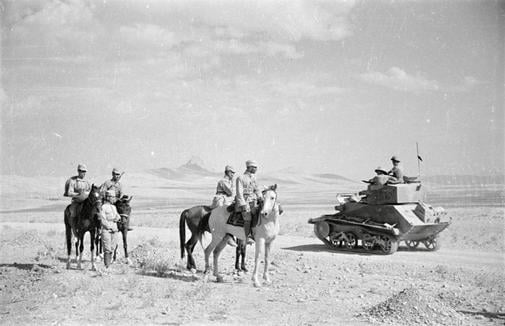 |
| Image Source: Get Archive, Soviet and British troops near Quazvin |
He emphasized that Iran, despite declaring neutrality at the onset of the war, suffered significant harm as a result of invasions by Britain and the Soviet Union in August 1941. Ahmadinejad accused the allied victors of utilizing Iran’s resources and reiterated his determination to pursue compensation for the damages incurred during World War II.
Conclusion:
In conclusion, the Anglo-Soviet invasion of Iran in 1941 had far-reaching and enduring impacts on the nation. It resulted in significant disruption to Iranian society and governance, paving the way for regional instability and territorial challenges that continue to influence Iran’s political landscape today. The invasion achieved its objectives for Britain and the Soviet Union, but it made many Iranians angry at foreign countries. This made Iranians look at other countries differently for a long time.
The Anglo-Soviet invasion of Iran in 1941 not only disrupted the country’s social fabric but also sowed the seeds of internal division. While the invasion itself did not lead to the division of Iran, it created fertile ground for separatist movements, notably in regions like Iranian Azerbaijan. The emergence of the People’s Republic of Azerbaijan, backed by the Soviet Union, challenged Iran’s territorial integrity and contributed to ongoing tensions within the country.

